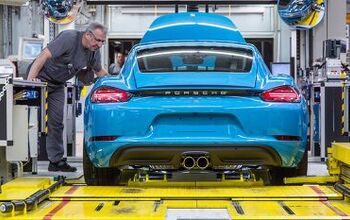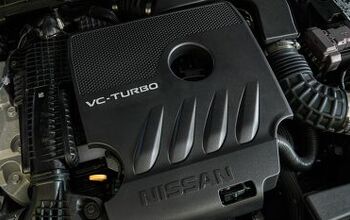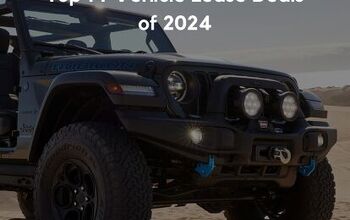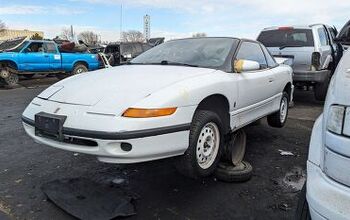Mexico, Southeastern US Besting Canada, Detroit In Auto Manufacturing
Despite being unified on the trading front, Mexico and the Southeastern United States are besting Canada and Detroit in the automotive industry game.
Presently, Mexico’s contribution to overall North American annual production came to 18.8 percent in 2014, Detroit Free Press say s, double the percentage of vehicles the country’s burgeoning industry made back in 2004. Conversely, Canada’s percentage fell from 16.9 percent a decade earlier, to 14.1 percent last year. The U.S. also lost production volume over the years, rebounding to 67.1 percent in 2014 after its seven-year-decline from a peak of 73.6 percent ended in 2011.
While the U.S. still makes the most vehicles per year, more production is heading south of the Mason-Dixon when not crossing the border entirely. DesRosiers Automotive Consultants president Dennis DesRosiers says “over half the capacity and 80 percent to 90 percent of investment dollars are going to the U.S. South or Mexico,” leaving Detroit and the Canadian auto industry out in the cold.
DesRosiers adds Canada’s industry could downsize to five automakers with a single factory each over the next 10 to 20 years, while Mexico could grow volume to an additional 1 million or 2 million units per year, thanks to heavy investments — $7 billion alone in 2014 — from North American and foreign automakers alike.
Meanwhile, IHS Automotive Consulting managing director Michael Robinet expects production volume in the Southeastern U.S. to grow to 5 million units, while volume in the Midwest will remain around 6 million units/year. Said growth is fueled by a combination of lower labor costs compared to Detroit, a nonunionized workforce at the ready, and state and local financial incentives meant to lure transplants to bring jobs to the region.
As for Canada, the nation’s industry has dwindled from 20 assembly plants — all established under the 1965 Auto Pact trade agreement between the U.S. and Canada — to just 10 in 2014 under the North American Free Trade Agreement. As a result, 2.1 million units of volume were lost since 1992, and is expected to jump to 2.6 million when General Motors ends some production at its plants in Oshawa, Ontario next year. More could be lost if FCA decides to move production of its full-size vehicles out of Canada, as well, a move which some believe will decide the ultimate fate of Canada’s industry.
No matter the projections, all three parties to the trade agreement will continue to fluctuate as far as investment is concerned. GM North America president Alan Batey said as much, stating the automaker wants to maintain a “balanced presence” in all three nations to better handle currency fluctuations and shipping costs, a view held among the manufacturers investing their resources into North America’s overall auto industry.
Seattle-based writer, blogger, and photographer for many a publication. Born in Louisville. Raised in Kansas. Where I lay my head is home.
More by Cameron Aubernon
Latest Car Reviews
Read moreLatest Product Reviews
Read moreRecent Comments
- CoastieLenn Could be a smart move though. Once the standard (that Tesla owns and designed) is set, Tesla bows out of the market while still owning the rights to the design. Other companies come in and purchase rights to use it, and Tesla can sit back and profit off the design without having to lay out capital to continue to build the network.
- FreedMike "...it may also be true that they worry that the platform is influencing an entire generation with quick hits of liberal political thought and economic theory."Uh...have you been on TikTok lately? Plenty of FJB/MAGA stuff going on there.
- AZFelix As a child I loved the look and feel of the 'woven' black vinyl seat inserts.
- Aja8888 Maybe he's putting the cost savings into Cybertruck production?
- Kwik_Shift_Pro4X The dominoes start to fall...


































Comments
Join the conversation
A Trump presidency would certainly upset the apple cart... If he builds the "big wall" between Mexico and the U.S. (and he says he'll "build it cheap" - I guess using Mexican labor), and levies a 35% tax on vehicles imported from there, well, that's a winner! /sarc
The biggest difference between unionized and non-unionized workers is not labor cost, but labor flexibility, like filing a grievance when a new piece of machinery eliminates some jobs, or refusing to work overtime if a few "brothers" are still laid off. You need to bank on a reliable workforce that is not going to fight every change you try to make, otherwise, I agree, pay is the least of problems.